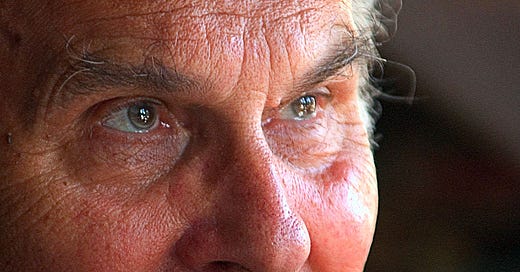Ryszard Kapuscinski was a friend of mine. I met him through our shared British publisher, Sonny Mehta at Picador Books in London. In the 1980s I shared enjoyable evenings with him and Bill Buford, then the editor of Granta magazine, which published us both. In the 1990s I had a memorable few days with him in Warsaw, looking at his home town through his all-seeing eyes. After his death I took part in a memorial event for him at the New York Public Library, along with his longtime newspaper editor Adam Michnik, an evening during which, in his honor, we drank a bottle of good vodka concealed in a brown paper bag. He was immensely charming, self-deprecatory, and knowledgeable, and described himself as a revolution junkie - he had been at something like 27 revolutions and coups. And he wrote some of the most beautiful prose of our time, most of all in his portrait of the fall of Haile Selassie, THE EMPEROR, which reads like the best of Calvino, or Borges. (I accompanied him to the opening night of the brilliant play based on this book, at the Royal Court Theatre in Sloane Square in London, and witnessed one of the strangest political protests ever - half the protesters were Ethiopian royalists in handmade suits, clinging to their old loyalties; the other half were West Indian Rastafarians, for whom this disrespectful portrait of Ras Tafari aka Haile Selassie was nothing less than blasphemy.)
But after his death Ryszard Kapuscinski was accused not only of having made up many things which he had reported as facts, but also of having been an informer for the Polish Communist regime. So now we must ask ourselves: can we separate the art from the artist? How big were his crimes, and how should, how do they affect our reading of his work?
Keep reading with a 7-day free trial
Subscribe to Salman's Sea of Stories to keep reading this post and get 7 days of free access to the full post archives.




